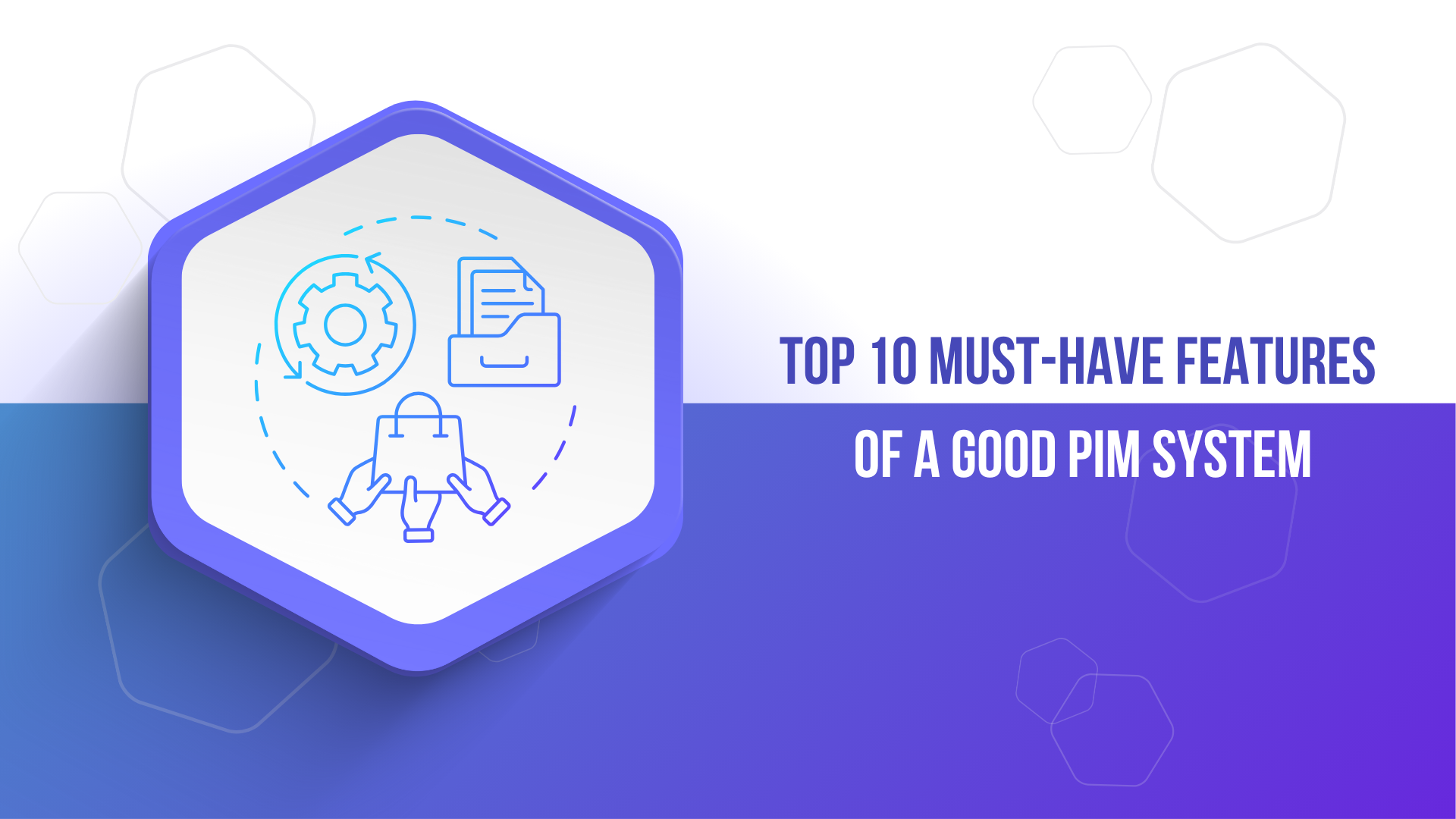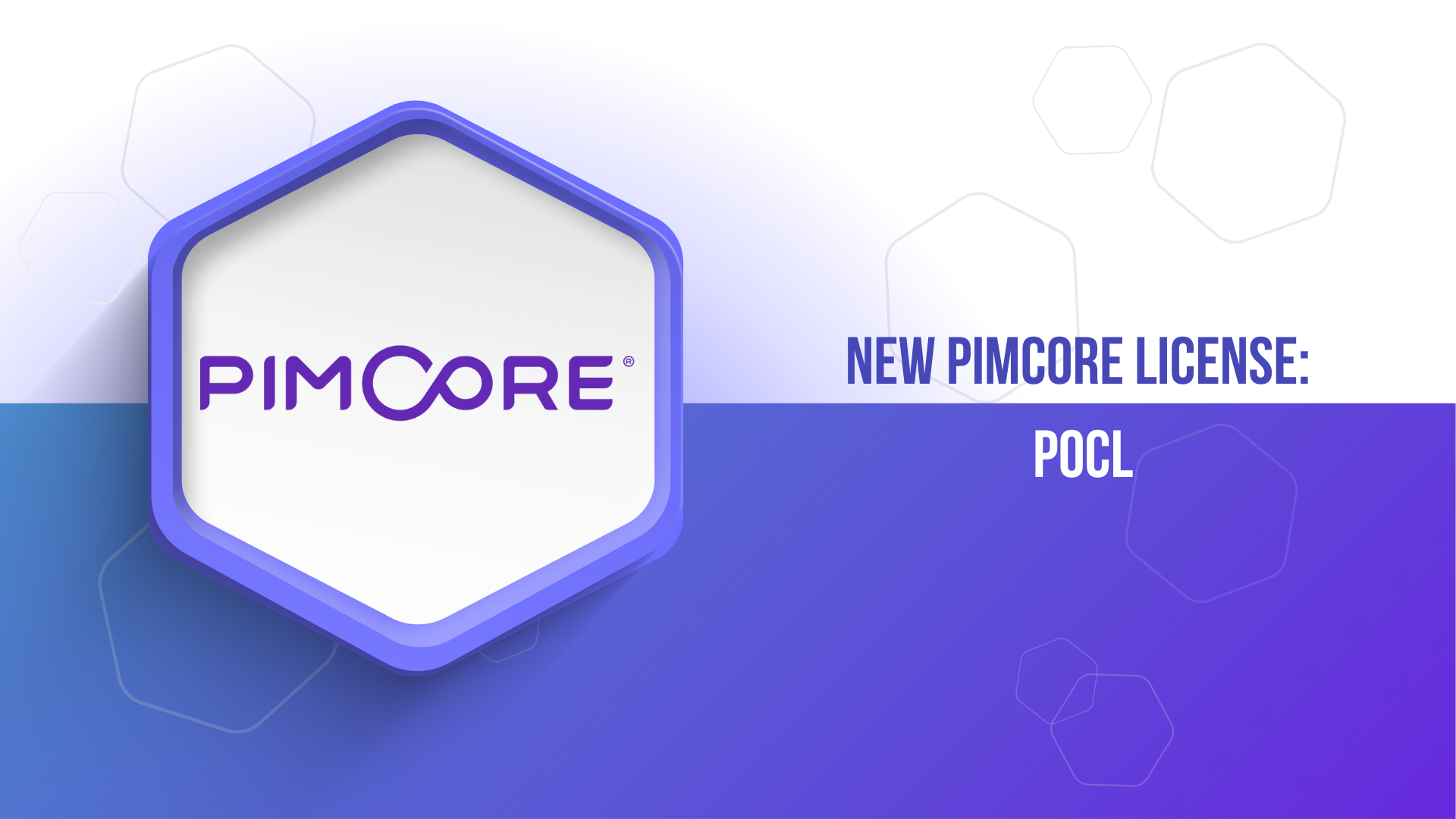Between achieving efficiency, i.e. what the expenditure of 100 million in IT
Discover how to increase efficiency and streamline business processes.

For over 20 years, I have been implementing various types of digital projects for many companies from the insurance and finance sectors, and based on this experience, I have observed several trends in the way of creating products, designing processes and sales channels. This market opened up to customer-centricity very early on.
Over 15 years ago, while implementing a project for one of the leaders of the insurance market, we received a recommendation for the evolutionary transition from a product-centric platform to customer-centric solutions - customer-oriented, customer service, comprehensive approach to management processes and multi-channel communication service. Another of the awards concerned an extremely interesting and currently up-to-date AI/ML solution, optimization in budget planning in marketing campaign channels.
I guess that many of you, presidents and IT directors, often wonder how to optimally construct the budget of the IT department, how, on the one hand, to ensure that everything works stably, safely and without faults, and, or perhaps above all, how to build a sufficiently flexible an environment for innovation and building new tools.
Gartner indicates in its forecasts for the entire 2023 that IT budgets will still be implemented in an environment of high demand for IT services on the market. Only one of the areas, the area of devices, will record a decrease due to the increase in the use of cloud infrastructure.
The global year-on-year growth in IT by 5.1% is to be divided into increases by 2.4% for telecommunications services, support and IT services by 7.9%, expenditure on central systems and collocations is an increase by 3.4%, and an increase of as much as 11.3% for expenses related to the construction and maintenance of software. This only proves a further increase in the share and importance of IT budgets in organizations.
Let us imagine a hypothetical situation that in such a demanding environment we have PLN 100 million to allocate, to paraphrase one of the former presidents.
In the first place, I would try to manage the allocated budget in a way that would cover all issues in accordance with the priorities, first security, then sales and finally customer service, and finally all service functions, including internal, communication and management.
How to divide the IT budget
I would define the general approach to budget allocation as follows:
1. Implementation of new IT tools - 30% of the budget. The area would include the purchase or development of new IT platforms, such as tools for sales, customer relationship management, data analysis systems, training platforms, internal process support platforms.
2. Updating and developing the existing IT infrastructure - 20% of the budget. Within this area, the company should invest in updating and developing the existing IT infrastructure, such as servers, software, licenses, networks, collocations and ICT facilities.
3. Support for IT teams and training - 15% of the budget. The company should invest in the development of its employees and training, such as in the field of programming, project management, IT security, etc.
4. IT security - 20% of the budget. This area would include investments in solutions such as EDR anti-virus software, security systems against hacker attacks, security audits, work on solving the problem of technological debt, etc.
5. Investments in new technologies and innovations - 15% of the budget. Within this area, the company should invest in new technologies and innovations, such as artificial intelligence, machine learning, building analytical areas and data warehouses that are de facto necessary in terms of AI/ML implementation in the organization, data exchange platforms in partner networks. In this way, the company can increase its competitiveness and offer new and innovative products and services to its customers.
TOP 9 areas of technological development
1. Support for sales processes in electronic channels - development of e-commerce platforms, mobile applications and virtual agents with chat and voice chat support. Use of AI/ML. Development of distribution channels using technologies such as RWD, PWA and asynchronous front-ends. The use of e.g. electronic signatures, electronic payments and process automation.
2. Managing the work of sales teams - using CRM systems with recommendation modules based on Datamarts and AI, collecting information about customers, managing contacts and processes as well as documents, sales surveys. Development of tools for personalizing offers and creating product recommendations. Managing the structure of teams and their goals and tasks.
3. Security - investing in solutions that increase data security, protection against cyber attacks and training employees in the field of IT security. Network monitoring, SOC construction, EDR antivirus software and APM class solutions to increase the level of system security.
4. Operational agility and light manufacturing processes - introduction tools to automate the handling of internal processes, such as Lowcode, Nocode and RPA.
5. Flexible actuarial solutions – investing in systems that analyze risk data, enabling better pricing of policies and effective introduction of new products.
6. AI, ML - development of artificial intelligence systems for process automation, generating product recommendations and analyzing customer and market data, and constructing an offer. Incorporating a wave of solutions from the next revolution into business processes.
7. Training platforms, information portals - developing educational platforms for insurance agents and creating partner networks. Implementation of e-learning platforms to improve employees' competences.
8. Automation of business processes - the use of BPM platforms to automate sales, service and billing processes, increasing the efficiency of operations.
9. API First – integration of internal and external solutions using ESB, increasing security and reducing the costs of platform construction and communication. Blockchain implementation for creating an indisputable warehouse of facts related to the sales and settlement processes between partners.
What and how to implement
Before embarking on the implementation of any digitization strategy, one should answer the question of what and how we want to implement.
One of the many possible variants I have indicated above. As for the answer to the question "how?" – we will notice an evolution in the organization of team work and the methodology of task implementation in projects. More and more often, agile or mixed methodologies come to the fore, which by definition will focus on iterative pursuit of a full product definition, business goal. Despite the often open definition of the budget, paradoxically, they allow for greater efficiency with proper management and team construction. The incurred expenditures translate into better results, better tools and ultimately solutions for the client and internal teams.
Agile teams, in the sense of the agile methodology, give the opportunity to shorten the time to start work, high dynamics, a strong definition of the product and team goals with the need to be aware of the risks of blurring the boundaries of the product, control over the definition of the budget.
Business justification
To sum up, in order to increase the efficiency of operations and streamline business processes in an insurance company, it is worth investing in the development of not only IT tools based on the areas indicated above, but also, and above all, in teams and work and management methodology. Every budget-related decision should be supported by an obvious examination of the answer to the Business Case question.
I have the pleasure of working with organizations that consciously ask themselves this question in the medium and long term and find the answer on how to find a balance between flexibility and operational, budget or sales effectiveness. It is always worth remembering that an investment in IT should be well thought out and implement the long-term strategy of the entire company and, what is very important, it should be implemented by a team fully identifying with the goals.
Mariusz Kokoszkiewicz
CEO Omega Code





